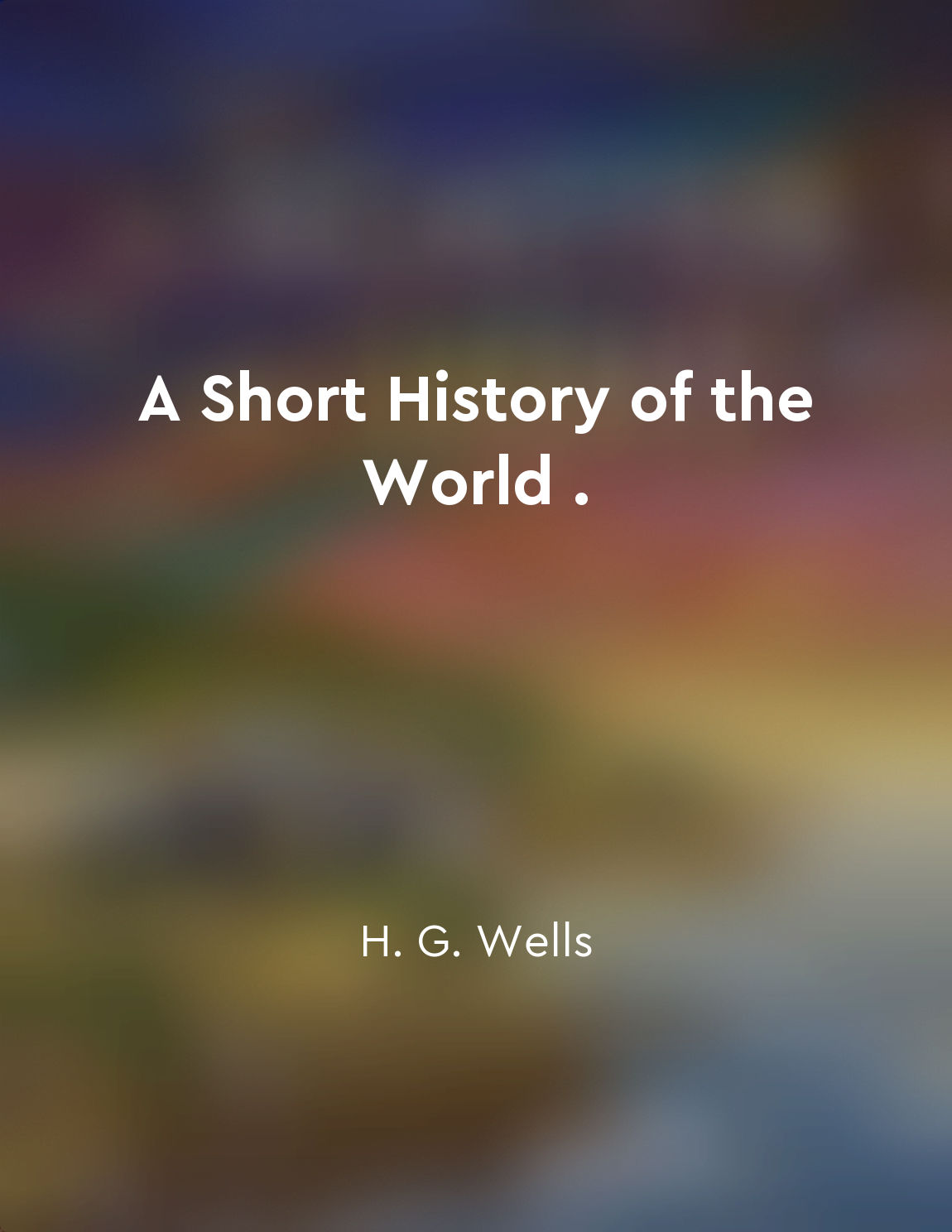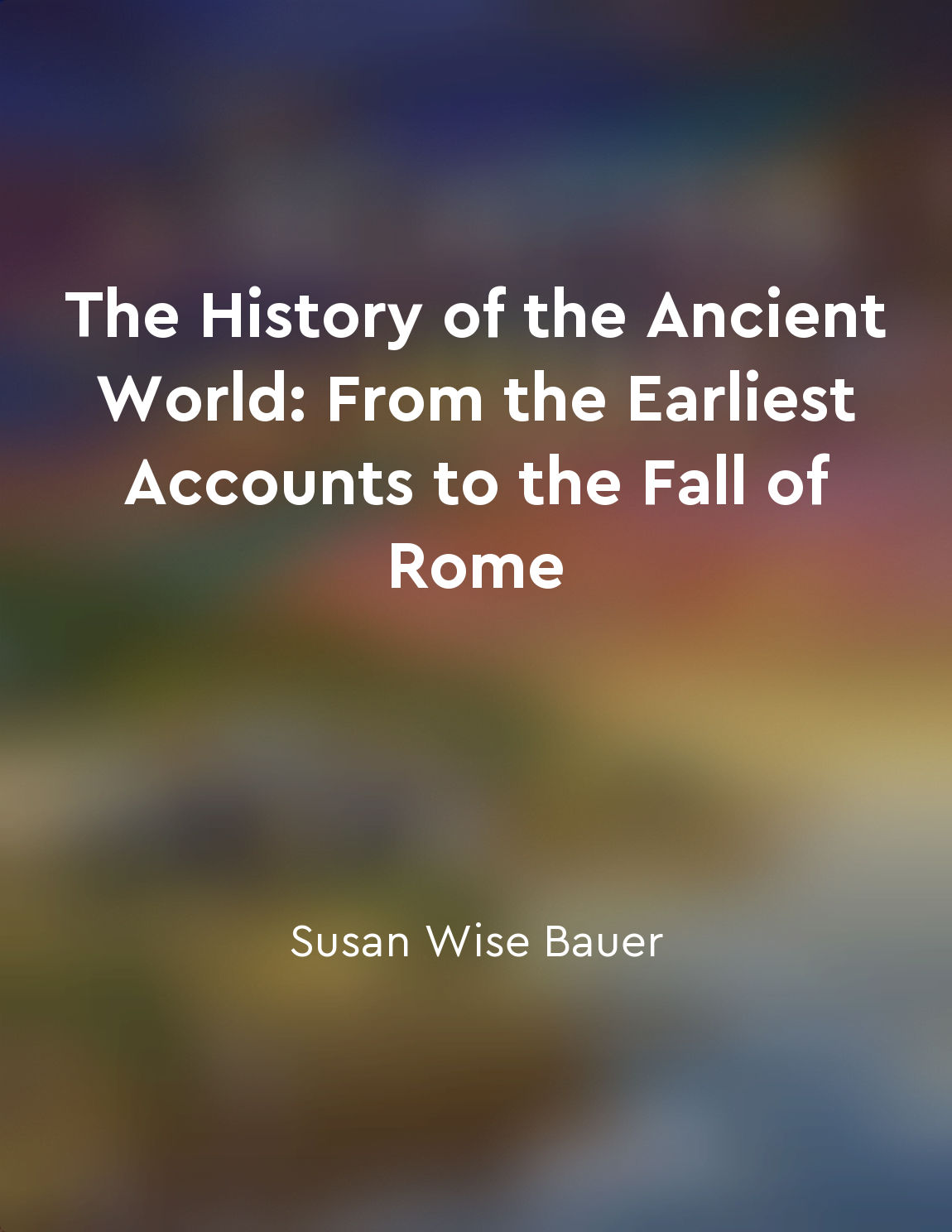Audio available in app
Analyze the decline of the Roman Empire from "summary" of The History of the Ancient World: From the Earliest Accounts to the Fall of Rome by Susan Wise Bauer
The decline of the Roman Empire was a complex and multifaceted process that unfolded over centuries. It was not a sudden event, but rather a gradual unraveling of the political, economic, and social fabric of the empire. One of the key factors in the decline of Rome was the internal strife and political instability that plagued the empire in its later years. The Roman Empire was beset by a series of civil wars, rebellions, and usurpations, as ambitious generals and provincial governors vied for power. This constant infighting weakened the central authority of the empire and sapped its resources, making it increasingly difficult for Rome to govern effectively. At the same time, the Roman economy was in decline, as trade routes were disrupted, tax revenues dwindled, and inflation soared. Another factor in the decline of the Roman Empire was the growing pressure from outside forces, particularly the barbarian tribes that lived on the empire's borders. These tribes, such as the Visigoths, Vandals, and Huns, launched repeated invasions of Roman territory, sacking cities, pillaging countryside, and disrupting trade. The Roman army, once the most powerful in the world, was unable to defend the empire's vast borders against these incursions, further weakening the empire's ability to resist external threats. The decline of the Roman Empire was also marked by a loss of faith in the traditional values and institutions that had sustained the empire for centuries. As Roman society became more decadent and corrupt, many citizens lost confidence in the ability of the empire to provide for their security and well-being. This loss of faith eroded the social cohesion and solidarity that had been the foundation of Roman power, further hastening the empire's decline. In the end, the Roman Empire collapsed under the weight of its own internal divisions and external pressures. The western half of the empire fell in 476 AD, when the barbarian chieftain Odoacer deposed the last Roman emperor, Romulus Augustulus. The eastern half of the empire, known as the Byzantine Empire, survived for another thousand years, but it too eventually succumbed to the pressures of invasion and internal strife. The decline of the Roman Empire was a long and complex process, but its ultimate cause was a combination of internal decay and external pressure that the empire was no longer able to withstand.Similar Posts

Cognitive revolution gave humans ability to create complex societies
The Cognitive Revolution was a significant turning point in human history. It marked the moment when our ancestors gained the a...
Rise of Christianity
The progress of Christianity was at first very slow and almost imperceptible. The new sect was confounded with the various form...
The fall of Rome had farreaching consequences for Western civilization
The fall of Rome was not just a single event in history, but rather a series of setbacks that gradually eroded the once mighty ...

Age of Exploration expanded European influence globally
During the 15th century, a new and exciting era began for Europe - the Age of Exploration. This period saw European nations emb...
The decline is inevitable
The decline of a civilization, like the rise that preceded it, is a natural and inevitable process that has been observed throu...

